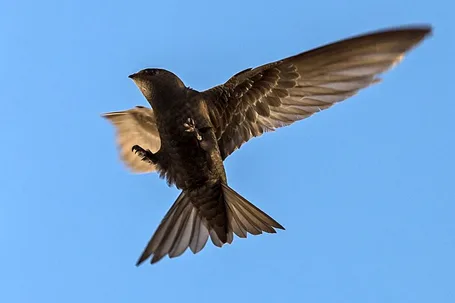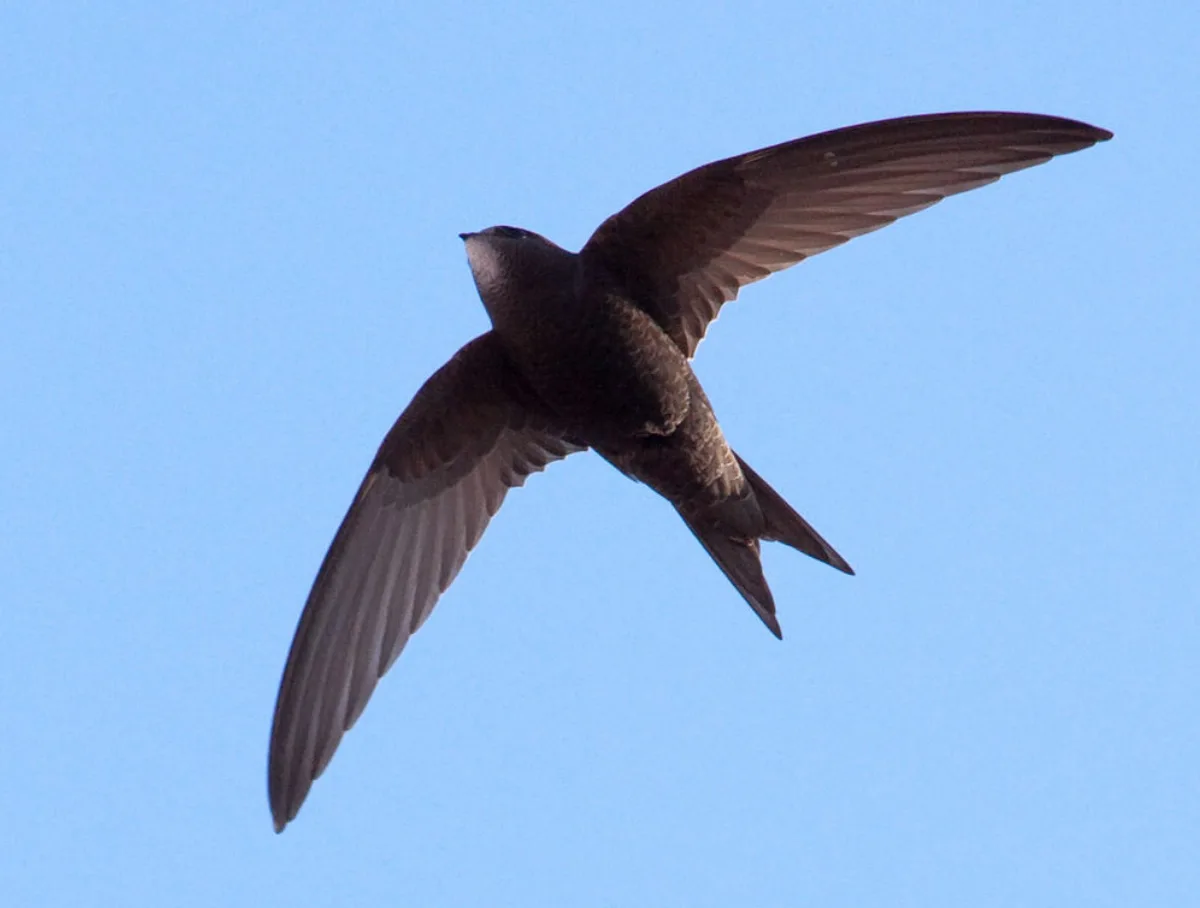It is a popular opinion that representatives of a genus of birds widespread in the cities of Eurasia, due to their too short legs and long wings, cannot rise into the air from the ground. We checked whether this is indeed the case.
This is what the certificate in the newspaper says "Komsomolskaya Pravda": “If a swift sits on the ground, it will never be able to fly on its own. In addition, he is absolutely helpless and can only try to scare away a cat, dog or crow with a hissing cry. You can help the swift by simply lifting it higher in your palm.”
Similar information can be found in "Arguments and facts", magazine "Chemistry and Life", encyclopedias "Biology", reference book "Birds Europe" and on portals "Nature.rf" And "Emergency Info". In many cases, it is specified that these birds also cannot walk on the ground, and the black swift, which can often be seen in the cities of Russia and Europe, is taken as a model for consideration.
It has been known for a long time that swifts are not very adapted to life on earth. Scientific name Hirundo apus, given by Carl Linnaeus in 1758 to the most common type of swift, translated means “legless swallow.” “Swallow” - because these birds are very similar in appearance (they are often confused), but the idea of “leglessness” is associated with short clawed paws, because of which, as it was believed, a bird in a healthy state could practically not be found on the surface of the earth.

However, naturalists of the past turned a blind eye to another rational reason for the swift's dislike of walking on the ground. The fact is that it does not collect crawling insects, being quite content with those representatives that it catches directly in the air with its open beak. Regarding the need to rest, modern scientists calculated: Black swifts (the same Hirundo apus, later renamed Apus apus, common swifts) are able to spend almost ten months in the sky without landing, which is a record for birds. In other words, swifts simply do not need to spend any significant time on the ground, especially when they have trees, houses and other objects at their disposal that they can conveniently cling to with their claws. And then this is only relevant during breeding season, when a bird needs to build a nest, lay eggs and care for its chicks. However, most swifts reach reproductive age at three to four years, and before that the animal can devote itself entirely to life in flight.
As for the ability to take off from the ground, firstly, many authoritative resources are not so radical in their assessment of it. For example, Russian Bird Conservation Union and projects "TASS Science" they unanimously claim that it is difficult for swifts to do this because of their long wings, without denying the possibility itself. Of course, the task may turn out to be insoluble for a very young chick or an adult with a broken wing, but then the same can be said about other species of birds. But on the British website Royal Society for the Protection of Birds You can find a more explicit statement about swifts: “A healthy bird is quite capable of taking off from a level surface.” Most of the swifts we see on earth are hungry babies, according to another section the same site.
Colleagues from a similar company agree with the British German Association, specializing in black swifts. They believe that for a guaranteed takeoff, a healthy adult animal will need 2–3 m of flat surface in front of it. They help The birds can push off the ground with their long wings. These seemingly clumsy movements at a young age allow birds to strengthen their muscles for future flights and serve as an indicator of readiness to leave their native nest, and in adulthood they come in handy if the bird finds itself on the ground for some reason.
Theory is theory, but what about practice? After all, if at least for the average black swift, taking off from the ground is not a problem, then surely there should be video recordings of this process in the public domain. Indeed, you can find a lot of evidence on the Internet:
Thus, the idea of a swift as a bird unable to rise into the air from the surface of the earth is incorrect for at least about 100 million populations black swifts.
Cover image: Wikipedia.
Mostly not true
Read on topic:
If you find a spelling or grammatical error, please let us know by highlighting the error text and clicking Ctrl+Enter.






